If you would like to validate your parts design with a machined piece that you can see and feel, Titoma can use Computer Numerical Control (CNC) techniques to prototype your parts.
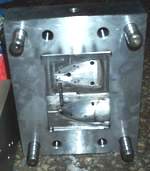
At this stage the tool is designed, using the information from your completed Tooling Information Worksheet.
The tool design is validated for correctness.
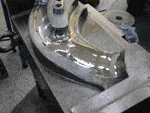
The tool is precisely fabricated according to the validated design.
Once the injection molds are made, the first test shot samples will be sent out soon after via international courier. Once sent, these usually take around 2-5 days to arrive.
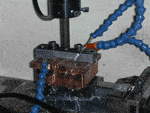
At this stage Titoma completes the tool and makes any required changes to bring the tool into the approved spec. Changes made to bring the tool to spec (specifically excluding design changes, which are always charged for) are made free of charge by Titoma.
At this stage, texturing also takes place, which is normally the last stage before mass production.
At this stage parts are produced and delivered to the customer, or the tool is released for export use.
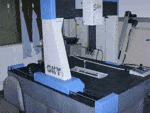
Molding begins with tooling. No matter how good the design, if the tooling is not up to the task, the quality of the parts will suffer.
Achieving consistent dimensions and quality requires up-to-date molding machines, operating to specifications, with precise position and pressure control capabilities. The basic construction of a molding machine is fairly straightforward:

The method of injecting the plastic into the mold is very important. In most cases the plastic should be injected under high pressure very quickly in order to maintain the good characteristics of the melt completely during injection. As the mold cavity fills, the injection pressure should be held at the same high value and the speed of injection slowed to maintain that pressure. At the moment when the part is filled, and the mold machine switches over from injection to a pack & hold condition, the plastic melt is held at the same high pressure. This pressure is held for as long as it takes to freeze the gates and achieve the highest weight possible for the molded part. Below is a graphic image of the pressure and fill patterns of a typical plastic molded part.
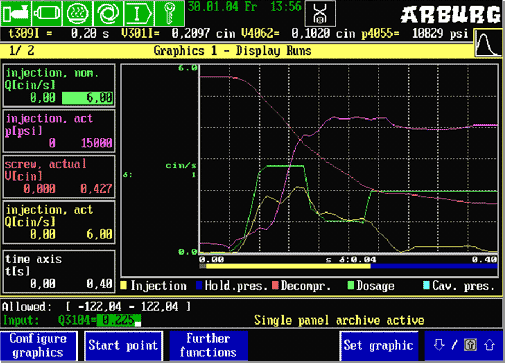
(Part is filled in 0.23 seconds)
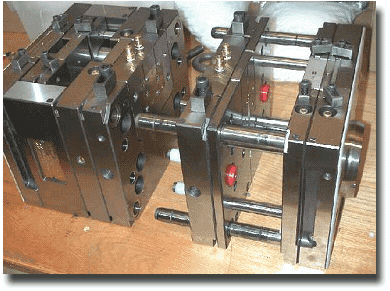
Our normal payment schedule is 40% initial deposit, 30% on First Shot, and 30% on approval.
Shipment times depend on which shipment method is used (i.e. DHL, UPS, FedEx, TNT, air cargo or sea shipment).
Our prices are quoted FOB China or FOB Taiwan.
If you have appointed a freight forwarder, we can use your account and existing agreements for a nominal fee.
If do not have a specific forwarder, we can provide names of forwarders we have worked with in the past.
Based on our experience, depending on the final destination, it samples usually take about 2-5 days via international courier, 2-5 days by air and 20-45 days by sea.
When deliveries are sent FOB China, international courier service is not usually recommended as procedures can be complicated. EMS is an alternative for small quantity if the delivery is urgent, however.
Additionally, standard times for custom declarations vary from country to country. Please check with your local freight forwarders service.